Request a Catalog
Iwo Jima Statistics and more
There are some interesting statistics here resulting from the Battle for Iwo Jima. All that enjoy a bit of Military History should be amazed at some of these facts.
IWO JIMA:
On March 26th,1945, Iwo Jima was declared “secured”. The Marines handed the island over to the Army so the Army Air Corps could use the air fields. Then many of the Marines sailed off to another party on Okinawa.
February 19th was the start of the invasion of Iwo. That seems so long ago. But for the Marines and sailors who assaulted Iwo, every one of the 36 continuous days of that battle seemed nearly that long.
About 77,000 US Marines from the 3rd, 4th, and 5th Marine Divisions converged on tiny Iwo Jima in late February. LtGen Tadamichi Kuribayashi had fortified Iwo for a full year before the invasion, and had an estimated 22,000 troops dug in under the island. US forces began bombing Iwo in June 1944, 8 full months before the invasion. Naval bombardments then shelled the island mercilessly around the clock for four consecutive days prior to the invasion.
Iwo set a number of “firsts”:
It was the longest concentrated bombardment of any target in the history of mankind up to that date.
It was the largest total tonnage of bombs and artillery ever delivered on a single target to that date.
It was the largest armada of ships ever assembled for an invasion up to that date (about 700 ships).
It was the largest number of invaders to ever invade any island up to that date (each of those new records was broken by the invasion of Okinawa in April 1945).
It was the first (and last) time Seabees accompanied Marines in the first waves of a beach invasion (they swore they’d never do THAT again!).
It was the first and last time any Marine unit landed on D-Day and served an entire campaign without being relieved by another unit.
And it was the only time in Marine Corps history when the number of invading casualties exceeded the number of defending casualties. More than 19,000 Marines were wounded on Iwo, and 6,821 died there. As such, it remains the costliest battle in Marine Corps history.
Now get this: one-third of all marines killed during WWII, died on Iwo Jima.
Let me repeat that: ONE THIRD of all US Marines killed during WWII, died on Iwo Jima.
All but about 200 Japanese defenders died on Iwo.
Marine LtGen Harry Schmidt and LtGen H. M. Smith led Task Force 56. It made up V Corps, composed of the 3rd MarDiv (MGen Erskine), 4th MarDiv (MGen Clifton Cates) and 5th MarDiv (MGen Rockey). The 5th Division had been formed expressly for the battle of Iwo Jima. It was disbanded following the battle.
Among the participants were names of distinction:
� Son of the sitting Commandant LtCol AA Vandergriff Jr (3/24)
� Future Commandant 1stLt Robert E Cushman, Jr (2/9)
� Future Commandant Clifton Cates (CG 4thMarDiv)
� Secretary of the Navy James Forrestal
� LtGen “Howlin’ Mad” Smith
� And the first enlisted Marine Medal of Honor recipient of WWII, “Manila John” Basilone. Basilone had received his MOH from Chesty Puller, for action on Guadalcanal. He was KIA on Iwo on D-Day.
The invasion planners felt confident the battle would take 7-10 days. It took 36. LtGen Kuribayashi’s body has never been found.
The final two Japanese defenders surrendered 4 years after the battle. In January of 1949 two Japanese soldiers surrendered themselves to the occupying US Army garrison on Iwo. They had hidden in the 11 miles of tunnels and bunkers under Iwo, successfully raiding the Army supplies for food and water at night.
They had found a Stars and Stripes newspaper which showed pictures of GIs celebrating New Year’s Eve in downtown Tokyo, 1948-49, and knew Japan had lost the war.
They reported in full uniforms, well fed, and surrendered clean, fully-functional weapons.
Iwo Jima stands as an icon for every Marine who has earned the Eagle, Globe and Anchor since 1945. The men who fought there are true heroes to our nation and our Corps. We can never thank them enough for what they went through for us on that small patch of hell. I’ve stopped often today and thought about them.
THANK YOU, Marines. Because of what you did, I grew up a safe healthy kid in comfort and freedom during the 1950s and 60s, speaking English instead of Japanese.
I’ll never forget what they gave for this nation and for our Corps. They remain my personal heroes.
Semper Fidelis.


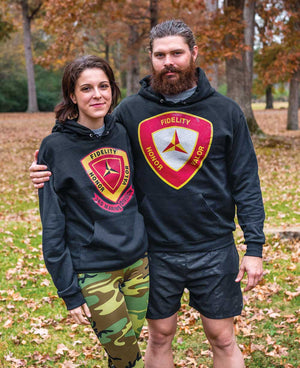
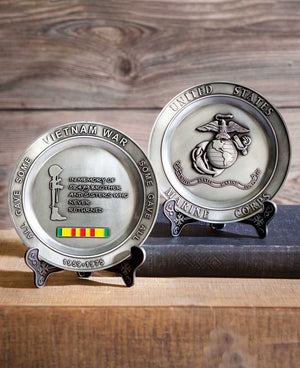
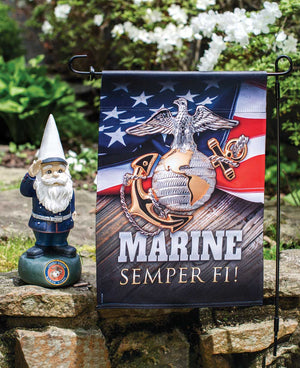
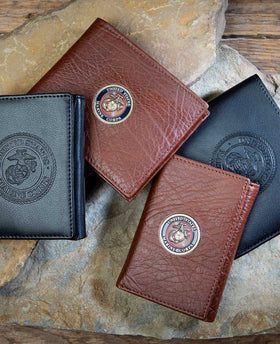
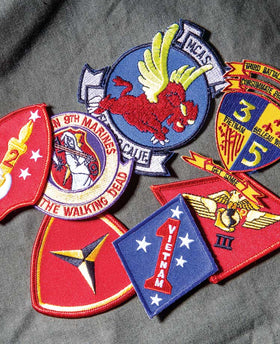
Comments
Leave a comment